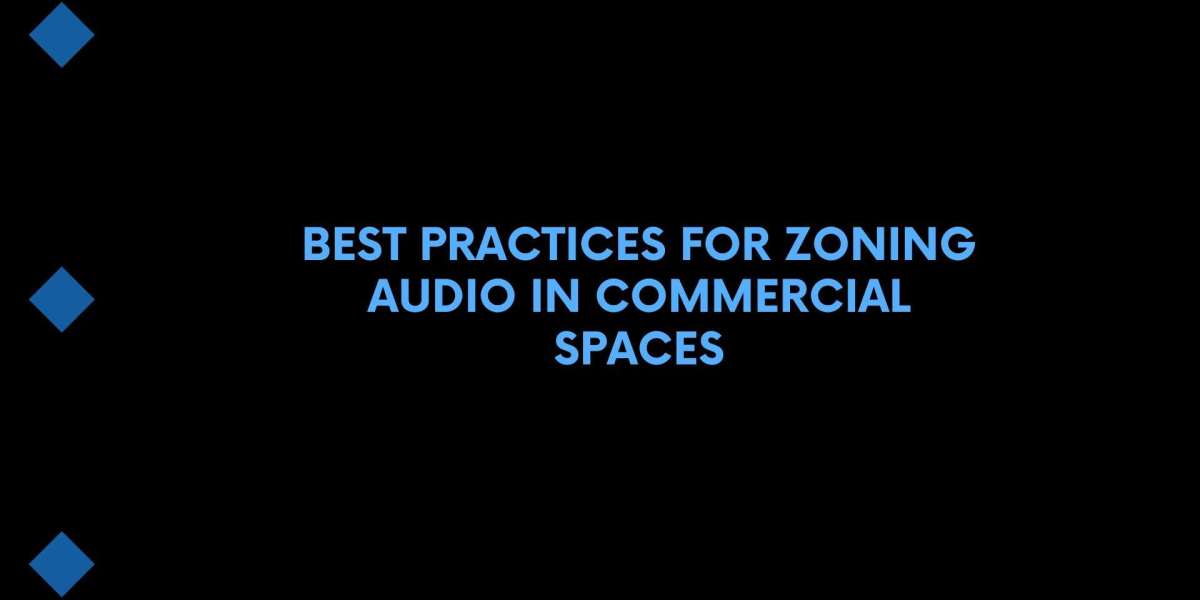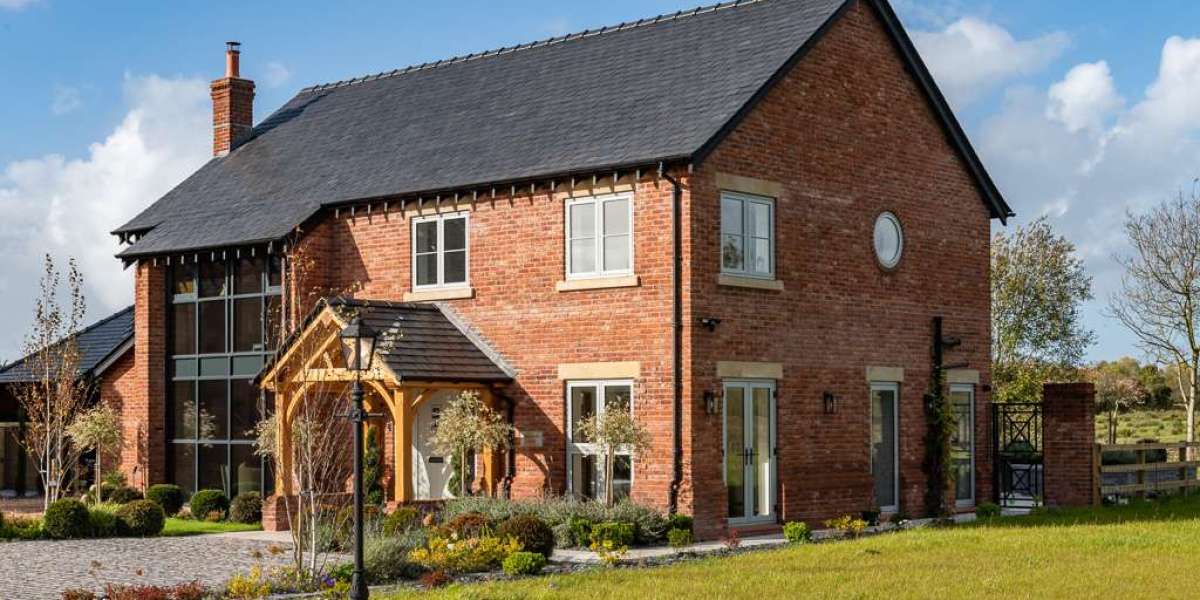Commercial spaces come in all shapes and sizes—retail stores, office buildings, restaurants, hotels, gyms, and healthcare facilities. What they all have in common is the need to manage sound effectively across different areas. That is where audio zoning comes in. Proper audio zoning ensures the right sound plays at the right place, at the right volume, and at the right time.
With XTEN-AV, AV professionals can streamline the entire process of designing, planning, and deploying zoned audio systems. Using advanced AV design tools and automation, XTEN-AV helps designers create systems that are not only functional but also scalable and easy to control.
In this blog, we will explore the best practices for zoning audio in commercial environments. Whether you are designing for a small retail store or a large office complex, these tips will help you get the most out of your audio system.
What Is Audio Zoning
Audio zoning is the process of dividing a space into separate sound areas, or zones, where each can play different content at different volumes—or the same content with independent control. Zoning is crucial in commercial AV because different areas serve different functions.
Common zones in commercial spaces include:
Reception or lobby
Conference rooms
Breakout or lounge areas
Retail display zones
Hallways and corridors
Outdoor patios or waiting areas
Each zone may require its own sound source, speaker layout, and volume control. Zoning also improves efficiency, allows for personalized customer experiences, and supports better sound coverage.
Why Proper Audio Zoning Matters
Audio zoning is not just about separating sound. It enhances user experience, supports brand messaging, and ensures that every area is acoustically appropriate.
Here is why it matters:
Tailored Experiences: Background music in the lobby can be calming, while an upbeat playlist in the retail zone can drive engagement.
Noise Management: Different volume levels in different zones help avoid audio spill and ensure clarity.
Operational Flexibility: You can mute or change audio in one zone without affecting others.
Scalability: As your space grows, properly zoned systems are easier to expand or reconfigure.
Best Practices for Zoning Audio in Commercial Spaces
Let us look at the key principles you should follow when zoning audio.
1. Understand the Space and Its Purpose
Before designing zones, map out the space. Understand the purpose of each area, the number of people who will use it, and the kind of audio experience required.
For example:
A reception area needs soft, ambient music.
Meeting rooms may need audio for presentations or video calls.
Hallways may only require paging or background announcements.
XTEN-AV allows you to create a detailed floor plan and assign audio zones using its intelligent AV design tools.
2. Plan for Independent Source and Volume Control
Each audio zone should have the flexibility to play a different source and control its volume independently. This is especially important in multi-use environments like hotels or shopping malls.
Use audio matrix switchers or digital signal processors (DSPs) that support multiple outputs. You can connect these to separate amplifiers or powered speakers in each zone.
XTEN-AV helps you create accurate signal flow diagrams that show how each source connects to each zone.
3. Optimize Speaker Placement
Good audio zoning depends heavily on proper speaker placement. Inconsistent speaker layouts can lead to uneven sound coverage, echo, and dead zones.
Use the following guidelines:
Place ceiling speakers evenly across the zone.
Use directional speakers in open or noisy areas.
Consider sound masking in offices for speech privacy.
XTEN-AV allows you to place speakers directly on your design layout, taking into account ceiling height and zone dimensions for ideal coverage.
4. Use Centralized or Distributed Amplification Based on Scale
Smaller systems can use a single centralized amplifier with zone controls. Larger systems may require distributed amplifiers placed closer to each zone to reduce cable length and signal loss.
XTEN-AV makes it easy to plan amplifier locations and automatically calculates cable requirements.
5. Choose the Right Control Interfaces
End-users need simple ways to adjust the audio in each zone. Provide control options such as:
Wall-mounted volume controls
Touch panels or keypads
Mobile apps for staff
Integration with automation platforms like Crestron or Control4
XTEN-AV lets you design control interfaces as part of your AV plan, helping your clients understand how they will interact with the system.
6. Minimize Audio Bleed Between Zones
In open-plan spaces, audio from one zone can bleed into another, causing confusion and discomfort. Use directional speakers or acoustic treatments to manage this.
Zoning software and planning tools like XTEN-AV let you visualize zones on a floor plan to avoid overlapping sound fields.
7. Plan for Background Music and Paging Needs
In commercial settings, background music and paging systems often share infrastructure. Make sure paging overrides are built into the design, especially for emergency announcements.
XTEN-AV helps map out such signal priorities and ensures you choose the right DSP or control hardware.
8. Document Everything for Easy Maintenance
Once the design is complete, you need documentation for installation and future updates. XTEN-AV automates this process by generating:
Wiring diagrams
Zone labels
Rack layouts
Cable schedules
Bill of materials
This saves time and ensures consistency from design through deployment.
How XTEN-AV Streamlines Audio Zoning
XTEN-AV offers purpose-built AV design software that makes zoning easy, even in complex commercial environments. Here is how it helps:
Visual Zone Planning: Create and manage zones on an interactive layout
Smart Device Selection: Choose real products from a growing manufacturer database
Automated Documentation: Generate signal flow, proposals, and wiring diagrams with one click
Cloud Collaboration: Work in real time with clients, architects, or team members
Template Creation: Build reusable templates for repeat commercial projects like retail chains or office franchises
Conclusion
Zoning audio in commercial spaces is both an art and a science. When done right, it enhances the user experience, supports operational goals, and adds long-term value.
With XTEN-AV as your AV design partner, you can create well-structured, scalable, and intuitive zoned audio systems for any type of commercial space. The platform’s advanced AV design tools make every step—from planning to installation—faster, smarter, and more accurate.
Whether you are designing for a hotel lobby, a retail store, or an open office, following these best practices and using XTEN-AV will help you deliver audio zoning solutions that sound great and work flawlessly.














